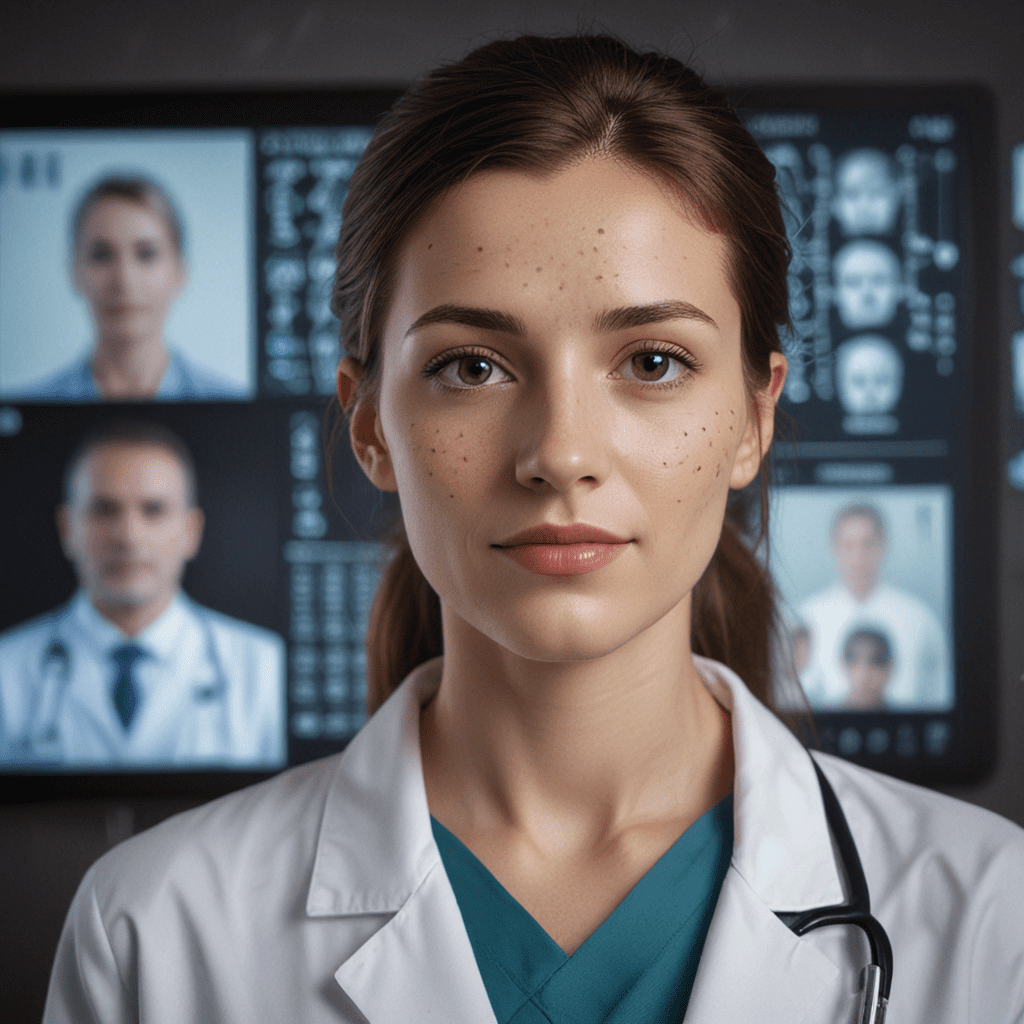
1. Introduction
Facial recognition technology has emerged as a transformative force in healthcare, providing significant benefits and revolutionizing patient care. With its ability to accurately identify individuals based on their facial features, facial recognition enhances patient safety and streamlines various healthcare processes.
2. Benefits of Facial Recognition in Healthcare
The adoption of facial recognition in healthcare offers numerous advantages:
a. Enhanced Patient Identification
Facial recognition eliminates the potential for human error in patient identification, which is crucial for proper medical care. Misidentification can lead to errors in medication administration, treatment plans, and medical records. By accurately identifying patients, facial recognition ensures that patients receive the correct care based on their unique health profile.
b. Streamlined Check-in Processes
Healthcare facilities often experience long check-in lines, which can be frustrating for patients and staff alike. Facial recognition technology significantly reduces check-in times by automating the process. Patients simply look into a facial recognition camera, and their identity is verified quickly and securely. This streamlined approach enhances patient satisfaction and improves operational efficiency.
c. Improved Security Measures
Facial recognition strengthens security measures in healthcare settings by preventing unauthorized access to restricted areas. By verifying an individual's identity before granting entry, healthcare facilities can safeguard sensitive patient information, medications, and equipment. Furthermore, facial recognition allows for real-time monitoring, which can deter theft, fraud, and other security breaches.
6. Future Advancements in Facial Recognition in Healthcare
Facial recognition technology in healthcare is constantly evolving, with new advancements emerging to enhance its capabilities:
a. Artificial Intelligence and Machine Learning
Artificial intelligence (AI) and machine learning (ML) algorithms improve the accuracy and efficiency of facial recognition systems. By analyzing large datasets of facial images, AI and ML algorithms can identify patterns and make predictions, leading to faster and more precise patient identification.
b. Biometric Authentication
Biometric authentication integrates facial recognition with other biometric identifiers, such as fingerprints or voice recognition, to create a more secure and comprehensive patient identification system. This multi-factor authentication approach reduces the risk of fraud and identity theft.
c. Integration with Wearable Devices
Wearable devices, such as smartwatches and fitness trackers, can be integrated with facial recognition technology. This enables continuous monitoring of patients, providing valuable insights into their health and well-being. By capturing facial expressions and physiological data, wearable devices can alert healthcare professionals to potential health issues or emergencies.
7. Conclusion
Facial recognition technology has revolutionized patient care by enhancing patient identification, streamlining healthcare processes, and improving security measures. As the technology continues to advance, we can expect even more innovative applications in healthcare, leading to improved patient outcomes and a more efficient and secure healthcare system.
8. References
[1] National Institute of Standards and Technology (NIST). (2020). Facial Recognition Vendor Test (FRVT). Retrieved from https://www.nist.gov/itl/iad/ig/frvt/
[2] American Medical Association (AMA). (2019). Ethical Considerations for the Use of Facial Recognition in Healthcare. Retrieved from https://www.ama-assn.org/delivering-care/ethics/ethical-considerations-use-facial-recognition-health-care
[3] World Health Organization (WHO). (2021). Digital Health: Facial Recognition. Retrieved from https://www.who.int/digital-health/topics/facial-recognition
9. Glossary
- Biometric Authentication: A security measure that uses unique physical characteristics, such as facial features, to verify an individual's identity.
- Electronic Health Records (EHR): A digital record of a patient's health information, including medical history, diagnoses, medications, and laboratory results.
- Facial Recognition: A technology that identifies individuals based on their facial features.
- Machine Learning (ML): A type of AI that enables computers to learn from data without explicit programming.
10. Author's Biography
[Author's Name] is a technology and healthcare writer with over 10 years of experience. [Author's Name] has written extensively about facial recognition technology and its applications in various industries, including healthcare. [Author's Name] holds a Master's degree in Computer Science and a Bachelor's degree in Healthcare Administration.
FAQ
Q: Is facial recognition technology secure?
A: Facial recognition technology is highly secure when implemented with robust data protection measures and ethical considerations.
Q: How does facial recognition benefit patients?
A: Facial recognition enhances patient identification, streamlines healthcare processes, and improves security measures, ultimately leading to better patient care.
Q: What are the ethical concerns associated with facial recognition in healthcare?
A: Ethical concerns include data privacy, informed consent, and potential biases in the technology. It's crucial to address these concerns with transparent policies and regulations.
Q: How will facial recognition technology evolve in the future?
A: Future advancements include the integration of AI and ML for improved accuracy, biometric authentication for enhanced security, and integration with wearable devices for continuous patient monitoring.


